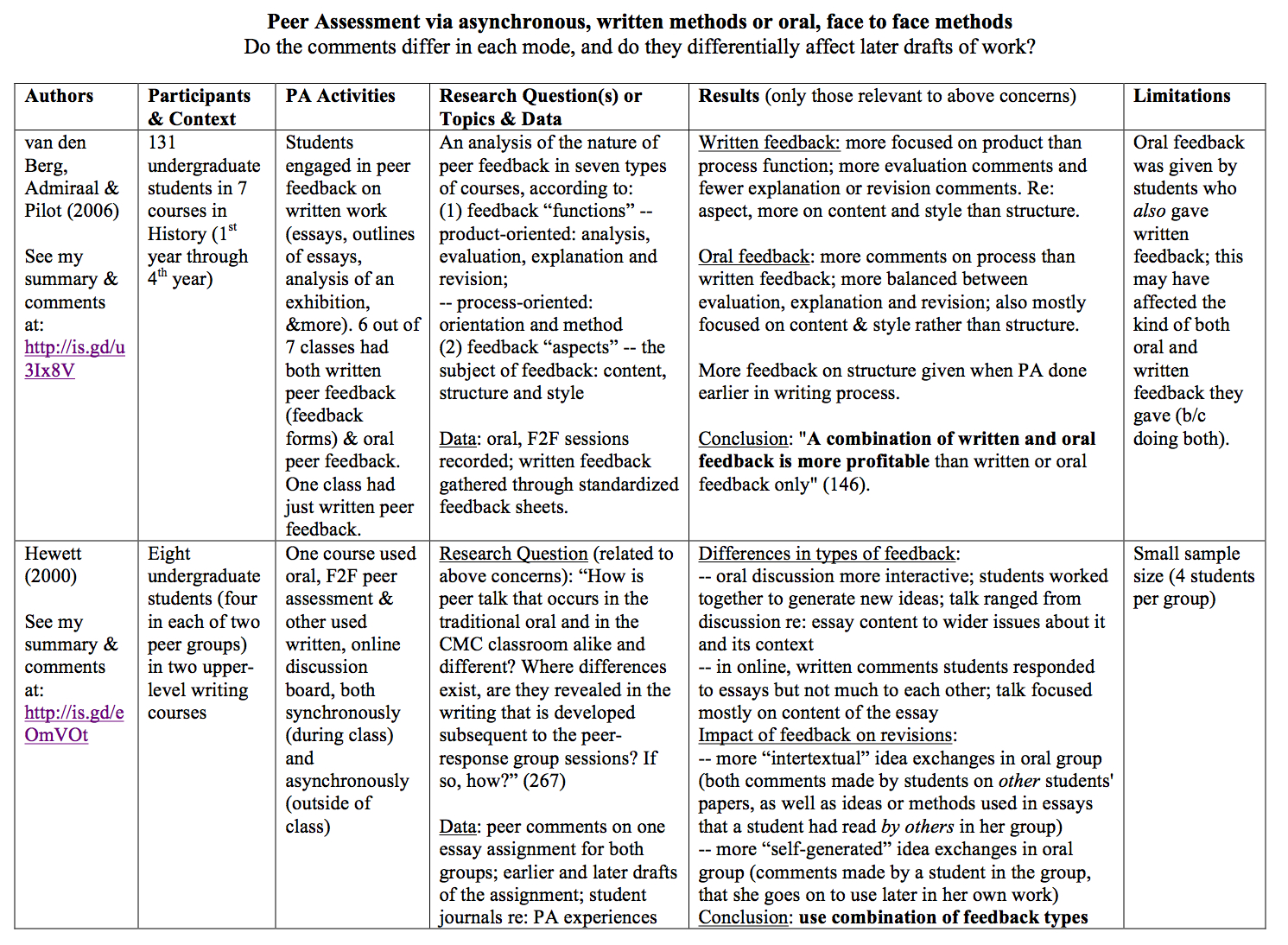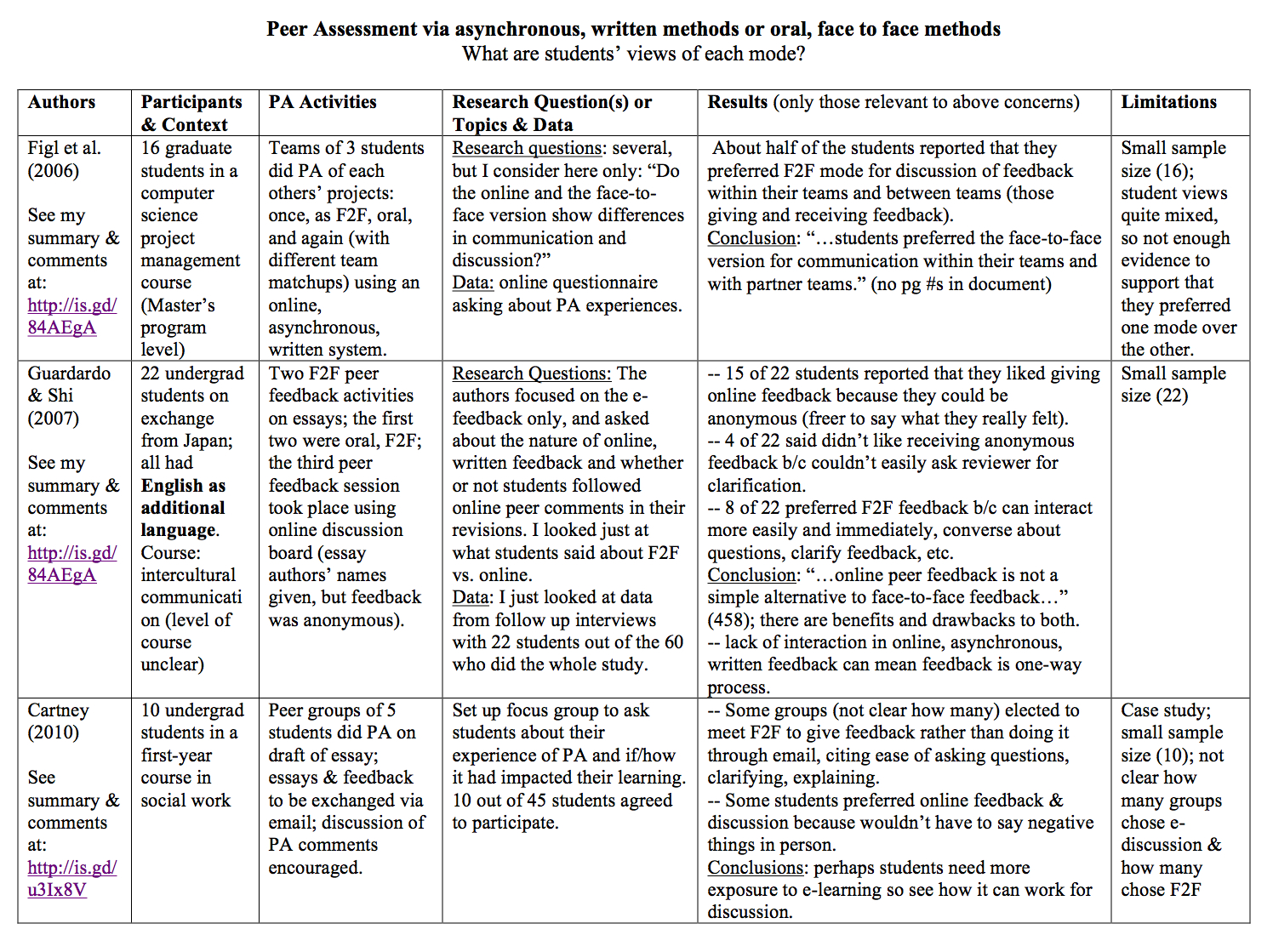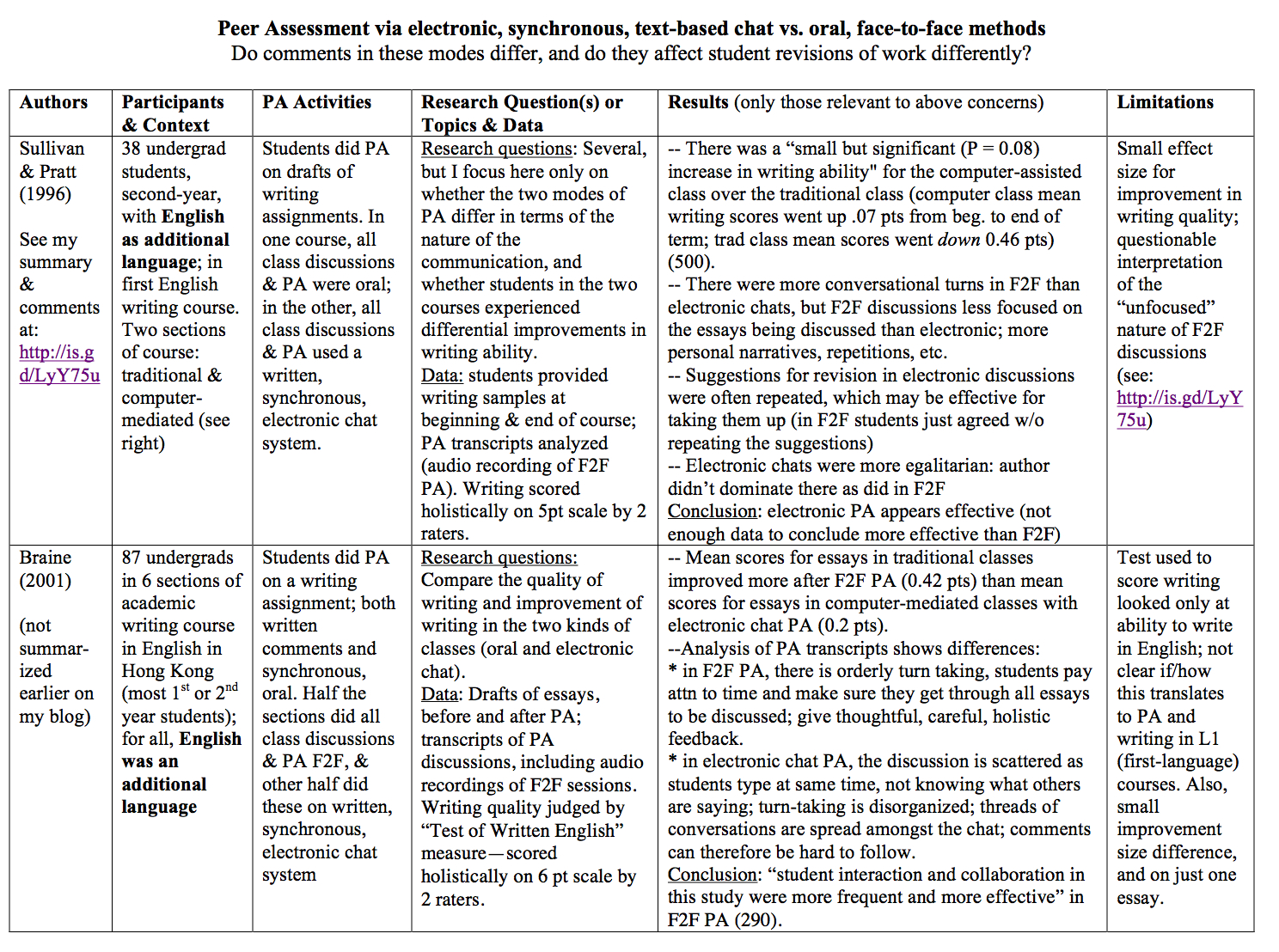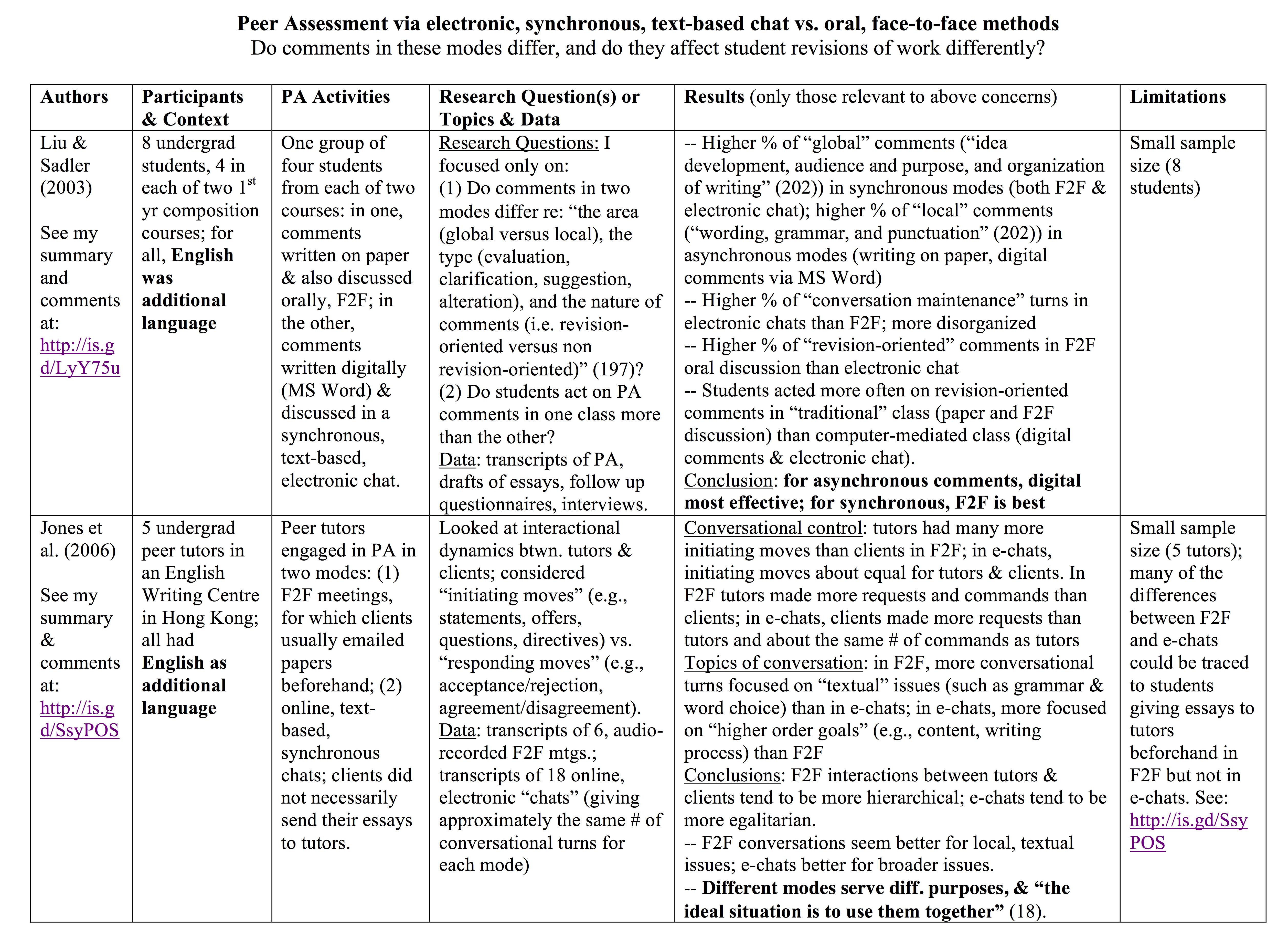One of the activities in week 2 of the “open education” course at the Open University is to find open educational resources for a fictional course on “digital skills” we should imagine ourselves creating. Since I have pretty much no interest in (nor expertise for) creating a course on digital skills (whatever that means), I decided to look at some OER repositories to see what they have in the way of materials for philosophy.
This won’t allow me to do the activity as suggested, since I expect there are much fewer OERs on philosophy than on “digital skills,” which is probably why they suggested the latter. But it does allow me to do something that might be of more use to me in the future.
The instructions for the activity said we should look at several OER repositories:
I find it puzzling that Xpert isn’t on the list, but I’ll look at that as well.
Now, rather than trying to find OERs for an entire course, which I find too time-consuming and unnecessary for my purpose of just trying to get to know the strengths and weaknesses of these repositories from an instructor perspective, I decided to just search for a particular topic. I thought about things that I wish I could find good online resources for, to help students in my courses when my explanations aren’t enough (often it’s good to have resources that approach topics from multiple perspectives and with multiple modes). I also thought it might be helpful to compare the repositories when searching for the same thing on each, to see what the search and recovery experience is for each one.
Many things came to mind, including Plato’s view of “forms” or “ideas,” Foucault’s view of power and resistance (or of the relationship between knowledge and power, or of biopower, or, well, of most things), Kant’s categorical imperative, and more. But I figured there’d be more resources on philosophers whose views are taught most often, so that eliminated Foucault. And since “forms” and “ideas” are pretty vague terms they might be likely to mess with the search results. So I was left with Kant.
I’ll discuss the repositories I searched in alphabetical order.
 “Search and rescue swimmers train in a pool…” cc licensed ( BY ) flickr photo shared by Official U.S. Navy Imagery
“Search and rescue swimmers train in a pool…” cc licensed ( BY ) flickr photo shared by Official U.S. Navy Imagery
Ariadne
The first thing I noticed on the Ariadne site is that there is no information on this repository on the site itself, though through the link on the front page to the Ariadne Foundation I found this page, which seems to explain a fair bit about how the repository works. However, it’s not written for people new to OER and metadata to understand, so it left me still pretty clueless.
The sidebar shows “providers,” which lists (I think) the other OER collections that Ariadne searches, including MERLOT, OER Commons, OER Africa, and others I am not familiar with.
I appreciate how the sidebars allow you to sort results by language (OERs in many languages seem accessible here), format (such as PDF, html, xml, powerpoint, video, audio), context (educational context, such as postsecondary, CGEP, primary, secondary, training), and type (such as presentation, syllabus, image, lecture notes, project).
The search box at the top of the repository page doesn’t have an option for “advanced search,” so I just typed in “Kant categorical imperative,” and got…nothing. “No results found.” Okay, bad start.
A search for “Kant” turned up some resources in Engligh (many more in other languages), though they were mostly full courses that had some Kant in them. I clicked on “type” on the sidebar to focus only on “lecture notes,” just as an example, and all I got still were full courses. Turns out you have to click on the link to the course, which takes you to another repository where you have to click on the link to the course, then finally get to the online course and dig around to find what you want. Nonideal.
I guess I hoped you could just get right to the individual resources. Possibly you could on Ariadne, if you were looking for other topics for OER–I don’t know.
Connexions
The Connexions site explains itself as “a place to view and share educational material made of small knowledge chunks called modules that can be organized as courses, books, reports, etc.” So there won’t be whole courses here. The “about” page notes that:
- “Connexions content is modular for easy remixing. This makes it easier and more cost effective to update and adapt content.”
- all modules are in a standardized XML format (but can be downloaded in various formats)
- all content is licensed as CC-BY
- quality control is provided through a “lensing system by which trusted/knowledgeable vetters review and endorse content,” and those visiting the repository can view material through these “lenses”
It’s possible to browse the content by subject, language, popularity, and author/title/keyword. I tried “subject: humanities,” which led me to a page where all the humanities subjects were listed alphabetically, and I had to go through several pages of “more” to get to philosophy. Not good. But you can do a search from that page that is limited by subject, if you want.
Again, the search bar doesn’t offer an “advanced search” option, so “Kant categorical imperative” it was. This time I got five results, all in English, two of which actually had most of the same content, and all of which were separate “modules” rather than full courses.
They were all texts, which I think all OERs in Connexions are (a downside). All were also highly contextualized in the sense that the discussion was mostly focused on the particular context of the module. These were nearly all from applied ethics contexts, such as business ethics, ethics for engineers, and ethics for administrators. There were some parts that were mostly theory, but most of those were fairly superficial. I didn’t find anything useful for my purposes, which requires fairly in-depth philosophical discussion.
But if I had, I could have saved it to a “favourites” list, or put it in my own workspace in order to remix it. The ability to remix materials on site sounds kind of cool, though I haven’t tried it to see how it works.
Finally, on the front page there is a direct link and instructions on how to contribute to Connexions, which is nice–it’s not clear how to contribute to Ariadne (don’t think you can, directly).
Jorum
The front page of the Jorum site indicates that resources found there are only from the UK: “Through Jorum, you can find and share learning and teaching resources, shared by the UK Further and Higher Education community.” If that’s the case, it seems unnecessarily narrow.
Like Connexions, there is an explicit invitation on the front page for contributing to Jorum, but yeah, you have to either be a UK educator or a “trusted depositor” to do so (or you can contact them to ask if you can). Hmmmmm. Why? Probably because it was funded by JISC, which is focused on education in the UK. But still, is it really useful even for educators in the UK to have and contribute to a resource that has OER from only their area of the world?
You can browse by subject, date, author, title or keyword. Jorum does have an “advanced search” option, which allows you to specify search terms in “full text,” “author,” “title,” “keyword,” “date” (creation or insertion), “language,” “type,” and more. Turns out this doesn’t help my particular search much, so I just did “Kant categorical imperative” again in the simple search bar.
This time I got 92 results, but it was hard to tell how many are really relevant. All I got was a title and an author, sometimes with an institutional affiliation and sometimes not. How can I tell without clicking on it whether or not a resource titled “Zero Chance? Aiming for Zero in Weapons Control” is relevant to my purposes? (Probably not, but there could be an in-depth discussion of Kant’s categorical imperative in there somewhere.) Some were obviously not relevant, such as “Statistics for Geography and Environmental Science: An Introduction in R,” and “Getting Started with SPSS.” But what about one called, simply, “Newspapers”? (How is that title helpful in any way?)
Since it was clear this search did not yield good results, I went back to the Advanced search and entered “Kant” in “full text” “AND” “categorical imperative” in “full text.” This time I got 3 resources only, which cut out some of the earlier ones that were relevant, and included one that wasn’t (“School Geography: Exploring a Definition”). There was one PowerPoint presentation on the Categorical Imperative that was not bad, but not detailed enough for my purposes.
Back to the simple search, and I found:
- Some courses on philosophy from the Saylor Foundation–same problem as with Ariadne, except Jorum doesn’t even tell me whether to look for lecture notes, assignments, videos, or some other resource type with Kant in it, so this is even worse.
- Some lectures by Peter Millican on “general philosophy” for first-year students at Oxford, but when I click on the link for the feed I get something that goes straight to Google Reader, which is a problem on so many levels. I’m pretty sure this is a function of how I set my browser to handle feeds, but I don’t know how to fix it. Then, When I click on the second link to try to find these lectures, I am taken to a page with all of the podcasts from Oxford–more searching.
- A module on “moral theories” in the context of health care ethics, without an author identified (hmmm…not sure why having no author specified bugs me, but it does)
- Some resources from an “introduction to moral philosophy” course of some kind, but: (a) I had to view a number of PDFs before I found one on Kant, (b) these were all copyrighted–could I even put them on a course web page without asking for permission first? And (c) it still wasn’t detailed enough for my purposes.
And that was it for what looked relevant from title and author alone.
MERLOT
The MERLOT site could use a serious visual makeover. It is far too busy–and the moving type on the top is just puts it even more over the top.
According to this page, MERLOT has some value-added features, including comments provided by users and “learning exercises” provided by the contributor, to go along with some of the resources. MERLOT also subjects OERs to peer review, through discipline-specific editorial boards. The “about” section of the MERLOT site is the most extensive I have seen, providing quite a bit of information on policies and procedures, and much more.
I started with the “communities” portals, which apparently can provide not only OERs related to different disciplines, but also journals, conferences, etc. But no–nothing for philosophy. Under the “communities” site there is also a link to “compass,” which has a link to the “pedagogy” portal. I went there, and found a sizable list of resources related to things like writing assignments, active learning, inquiry-guided learning, and more. I didn’t have time to look at these carefully at this point, however.
MERLOT has an advanced search screen, which allows for searches by keyword, title, description, language, type, author, license, date, and more. Under “keywords,” which I used for “Kant categorical imperative,” you can choose “any words,” “all words,” or “exact phrase.” It’s possible to sort results by relevance, rating, date, and more.
However, my search came up entirely empty of results. So I searched for “Kant” instead. This got me 15 results, only one of which had been peer reviewed, a series of lectures on Justice by Michael Sandel at Harvard. One nice thing about MERLOT is that, like Ariadne, you can narrow your results by “type” of resource. You can’t seem to do so by language, once you’ve got the results list (you’d have to do that at the “search” stage). You can also narrow by “category,” which seemed to be a list of different disciplines or other contexts, such as humanities, arts, social sciences, and “Academic support services.”
The vast majority of results were full courses, with the same problem as noted above with Jorum: unlike Ariadne, I can’t tell what parts of these courses are related to Kant–lecture notes, assignments, or other. And after a good deal of time searching through the courses, unfortunately I came out with nothing useful for what I’m looking for. This isn’t the fault of the repository, necessarily…I’m beginning to wonder whether there is actually anything available for what I’m looking for.
MIT Open Courseware
MIT Open Courseware was one of the first (if not the first) repositories of open courses. Their “about” page says they publish “virtually all MIT course content.” Many of the repositories discussed above and below link to courses from MIT OCW.
You can search courses by topic, department, language (some have been translated into languages other than English), and more. There is an “advanced search” option that lets you search “all” of some words, an “exact phrase,” “at least one of the words,” and “none of these words”–a fairly robust way to handle search terms. You can also limit your search to things like syllabi, lecture notes, assignments, videos, animations, and more. You can sort results by relevance or date only.
I searched “all the words” “Kant categorical imperative” and didn’t limit to any particular type of materials. I got 18 results, most of which were PDFs. Some of them were the same materials I found through other repository searches, which is not surprising (and probably it would be a good thing if there were more that were the same–it’s best if you don’t have to go through six repositories or more to find results, because they find essentially the same things).
The results screen lists titles, URLs, and a passage from the resource with the search terms in it. No indication of what type of resource it is (except sometimes that’s in the title, sometimes not), and there are not always authors (sometimes in the title, sometimes not). Sometimes the authors are listed on the resource itself, sometimes not (annoying). Here’s what I found:
- some lecture notes that didn’t go into enough detail for what I want (though one that is pretty close to doing so); one that cites some other text by author and page number, but doesn’t provide a full citation for that text so those not in the course have no idea what text it is (annoying)
- a PDF of a translation of part of Kant’s Fundamental Principles of the Metaphysics of Morals
- What looks to be a student paper on how neuroscience unsettles traditional moral thought (but why isn’t it clearly labelled as what sort of paper it is?)
- Some essay topics on Kant and other moral philosophers–some of which are useful for sparking my own ideas on essay topics, but that’s not what I’m searching for at the moment
- Some reading/discussion questions about Kant (see previous)
- A list of readings for a couple of courses, some of which had “Kant” and “categorical imperative” in their titles
Again, I don’t necessarily blame the site for not having what I’m looking for, but the results list could be improved by having more than just the title and a few words with the search terms in them. A “type” of resource, perhaps? An “author”? At least. Maybe even a description?
Finally, it’s hard to find what license(s) these materials have. Connexions states explicitly that everything is CC-BY, Jorum and MERLOT have the licenses on the landing page when you click on one of the search items (better if it were in the results list itself), and with Ariadne it depends on what other repository the resource is in, where you can find the license for the materials. For MIT OCW, you have to go to the very bottom of each page, with those tiny menus, and find “Help and FAQs,” then click around on various links to find where the heck the CC license is for MIT OCW. Finally, I found here a notice that they are using a CC-BY-NC-SA license. Shouldn’t that be more prominent? And only through that page did I find a link to the “terms of use page.”
Now, to be fair, there’s a link to those terms on each resource I found, once you click on it and view it. But for those who want to know before they go through a search and find materials, it would be better to make that information easier to find.
Open Learn
I originally thought the Open Learn site from the Open University would just be full courses, a kind of “open university” concept in which people take courses for free. The front page doesn’t help explain much what there is, in truth: it says you can “dip into insights from OU academics” (what does that mean?), try “free extracts from OU course materials” (aren’t they all free anyway?), and then go into deeper study with OU (does that mean actually take a course?). So I went to the “about” section at the bottom of the front page, and found this page, which told me I could not only take full courses but browse articles, videos and games from these courses.
The more I poked around in the site, the more I realized that it all looks the same…dreadfully, boringly the same. The same headers appear on each page, and sometimes it’s hard to tell you’re on a new page. But hey, I already knew that from the Open Education course that prompted this blog post; I just hoped that was the case only inside particular courses themselves. Nope.
There is only a simple search bar at the top of all the pages, so I tried “Kant categorical imperative” again. One result: from what I can tell out of context, it seems to be a discussion between Stephen Pinker and some others about one of Pinker’s books. Not relevant. So I tried just “Kant” and got 48 results. Once I got to the results page, then I got an option for an “advanced search,” which is strange. I could search for all words, a phrase, the usual; also approximate searches, like “starts with” or “approximate spelling”; also by file type, date, language, and many more. None were helpful for my purposes, however.
The results page allowed me to narrow my search, by parts of the Open Learn site, by people (authors? subjects of the resources?), and by organization (Open University, YouTube, BBC, and more). I narrowed by “Immanuel Kant” and got 22 results. The results page lists title, date, and author, as well as a brief, few-word excerpt that is sometimes helpful, sometimes not. I found, among other things:
- A tag cloud that presumably led me to resources tagged with those philosophers’ names; clicking on “Kant” didn’t lead me to anything relevant
- A video by Michael Sandel on Kant and the capacity for reason, which was interesting but not quite what I was looking for
- A game about lying or not lying, which looks like it might be cool but again, takes too long to load
- A podcast about the wrongness of killing, which features some of Kant’s views and is otherwise quite interesting
Nothing that suits my needs, but what I like is that there are quite a few different types of resources here, including videos, podcasts, and games. A quick perusal of the full 48 results from the “Kant” search showed nothing else of relevance.
What about licenses for the materials? Again, you have to dig to find this information. Sometimes there is a clear copyright symbol on materials, sometimes there is a CC license, and sometimes there is nothing (indicating fully copyrighted materials, since this page says that unless stated otherwise, everything is under copyright).
So I suppose Open Learn is good for learners who want to access materials, but many of the materials are copyrighted, and thus not terribly useful for teachers who want to reuse or remix them.
Xpert
Xpert has a very clean home page, which, after MERLOT and Open Learn and some of the other repositories, is a nice break (Ariadne does too). The “about” page is written a bit beyond a novice’s understanding, but what I can gather is that there is an open source tool for authoring OERs that one can use, and then an RSS feed from one’s OER creations uploads them automatically to Xpert. Xpert is also JISC (UK) funded, but there’s nothing to indicate that the resources are only from UK educators.
You can subscribe to some RSS feeds, if you want–things like the latest CC-licensed resources, the latest MP3s, podcasts, and videos.
The “browse” function seems resource-heavy; it took ages to load, and froze my browser with a message saying a script on the page was not responding. I would blame this on my slow internet connection at the moment, except Xpert is the only thing I’ve been using for the past couple of hours that is acting like this. Eventually, when the page loaded I found that I could browse by institution, author, type, language, publisher, license, and keywords. I chose to use the “advanced search” option, which was kind of like “browse” but with a search bar. You could enter your search terms and then narrow by the choices above. Again, extremely slow.
When I searched for “Kant categorical imperative” and tried to narrow by language to english, I was puzzled by the fact that there seemed to be several choices for English: “en,” including “en-AU,” “en-US,” and more; and also “eng,” including “eng-GB,” “eng-US” and more; and also just “English.” Which to choose? Will I get different results for each? Hmmmm. I chose “English.” I clicked a box for CC-licensed materials only (there was also an option for UKOER, which I think is OER from the UK, but I didn’t check that box).
I got 40 results, and the results page gave titles, descriptions and authors, as well as license information and a link to “related content” (if there was any). It’s great to see the license information right on the search results page, and to be able to limit results to CC-licensed materials. What I would have also liked to see is something indicating the type of each resource (a course, an audio or video recording, etc.). I could tell from the description that most of the results were courses, but it was unclear from the titles and descriptions just what some of the results were.
Many results here, as with Jorum, were clearly way off the mark, such as an MIT course on programming languages, a course from the Johns Hopkins School of Public Health on Statistics for Psychosocial Researchers, an Open Learn course on Psychology in the 21st century. I’m guessing something about “categorical imperative” is messing with the results, so I tried just “Kant” instead.
Again, I ran into issues with Xpert–kept getting messages that the server was reset while trying to load the page. Eventually I got 17 results for just “Kant.” Most of these clearly had something about Kant in them, but many of those were full courses in which one has to hunt to find where Kant is–same problem as with Ariadne, above. I also got a good number of links that went to the Open Learn site, but got me only an “oops, something went wrong” page–broken links.
I did discover, however, (thanks to Pat Lockley, who explained what the page did when I couldn’t understand it on the face of it) that Xpert allows you to search for images, and it then attributes them. Use the search box at the top of this page. You also get results for “sounds” and “videos.” That’s all quite nice. I was going to use an image of Kant I found through this service for this post, but strangely I got a bunch of images of people in costume as well as some of women in lingerie.
Interim conclusion
I’m going to write another post in a few days summarizing the problems I ran into during this experiment, and some suggestions for OER repositories (given, of course, that I know nothing about the technological–and likely other–difficulties involved). All I’ll say for now is that I didn’t find what I was looking for, but I don’t blame the repositories for that. It’s probably the case that there either isn’t anything online that discusses the categorical imperative in a detailed way, or that whatever there is hasn’t been linked to a repository…and there could be various reasons for that. But I did find some issues when searching the repositories, and I’ll summarize those in my next post.










